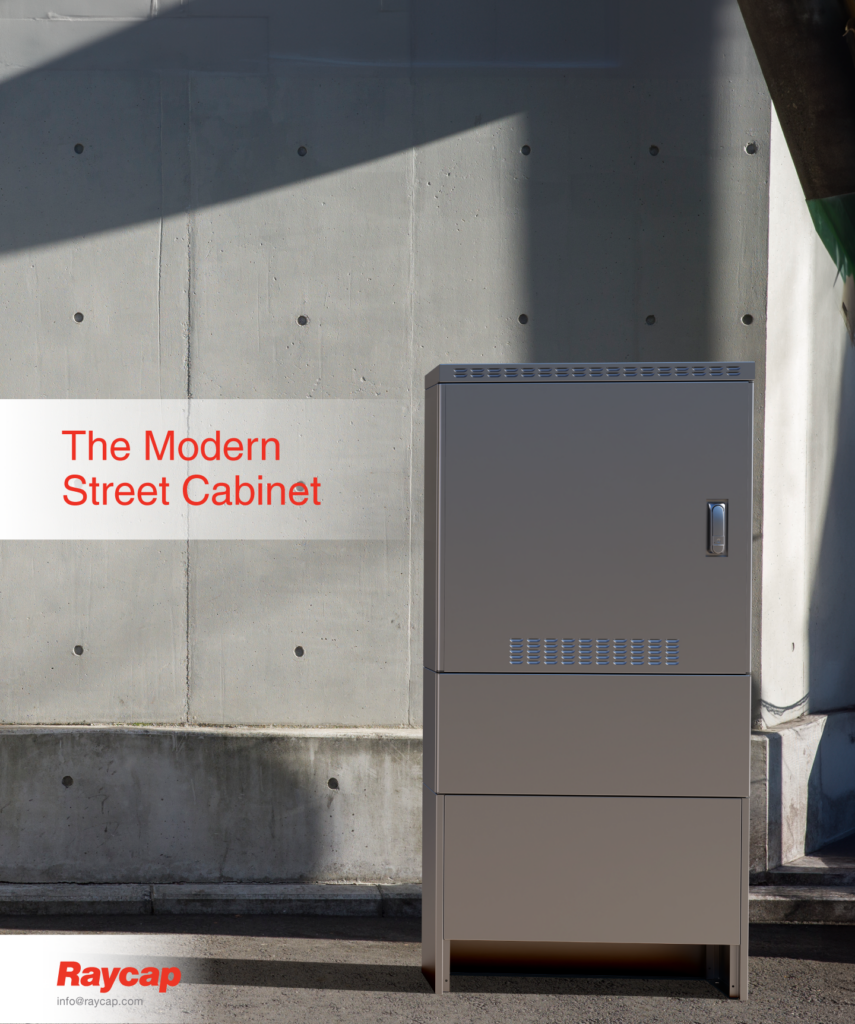Evolution of Street Cabinets: Safeguarding Sensitive Equipment in Harsh Environments
In the past, equipment in the field was surrounded by a metal box. But as many types of businesses began to need to position sensitive equipment in and around dangerous situations at street level, the new modern street cabinet technology began to be engineered. Conditions that can cause damage come from various types, from rodents chewing into the box to find nesting spaces and materials, to electrical surges resulting from induced lightning strikes. The additional factors of vandalism and the damage resulting from exposure to moisture and heat also contribute to the need for companies to invest in more high-tech solutions than just simplistic metal cabinets.
Thus evolved the idea for the modern “street cabinet” or “street furniture,” network operators had a simple need to protect their equipment from a variety of damage. The damage and destruction of the equipment in the field is an issue due to repair and replacement costs and impacts whether active equipment will go offline. In the telecom space, the reception that a customer receives has a great deal to do with their proximity to an equipment installation. Take that installation offline, and customer satisfaction suffers as their reception gets weaker. Frustrated customers who feel they are not getting the best service for their money begin to look elsewhere, ultimately making the prospect of lost customers directly connected to the robustness of the street cabinets.
Fortifying Street Cabinets: Innovations for Enhanced Protection and Resilience
Street cabinets are now being built from materials that do not conduct electricity, as lighting strikes are an issue in areas where exposure to the elements happens. As climate change worsens, we see more powerful storms happening more frequently. This means that the propensity for damage as a result of direct or induced lightning strikes or moisture encroachment gets worse every year.
Modern street cabinets are being built to not only thwart the power surge by not being conductive, but they also have surge protection devices and systems built into the cabinet itself. The previous iterations of protection boxes just relied upon standard surge protection setups that were connected to power lines serving the equipment. With the integration of surge protection into various parts of the telecom network: tower tops, base stations, and street cabinets, the damage to the network caused by direct or induced lightning surge events can be mitigated.
Additionally, modern air exchangers and cooling systems can keep equipment operating at the necessary temperatures to prevent overheating. No data center would position its servers in regions where the ambient temperatures could go outside of a safe range, so why would a telecom company position vulnerable equipment that way? With the integration of active and passive cooling systems and appropriate thermal analysis, along with the ability to expand inside an existing enclosure, today’s well-engineered cabinets are not simple boxes that protect but critical parts of the puzzle that make the business work.

